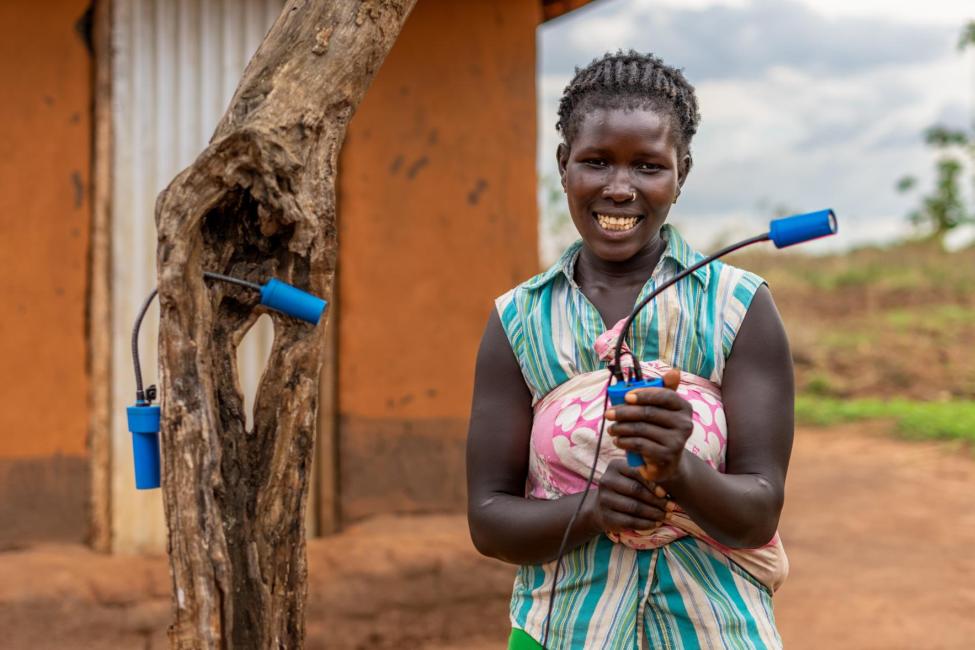Southeast Asia’s Green Growth: Leveraging Partnerships for a Sustainable Future
Southeast Asia is emerging as a dynamic force in the global economy, fueled by robust growth and a rapidly expanding middle class. The region is poised to become a major player in the global transition to clean energy, leveraging its abundant natural resources, strong industrial base and strategic partnerships to drive sustainable development.
Economic Rise and Green Opportunity
The rise of Southeast Asia is undeniable. The region accounted for 44 percent of global GDP in purchasing power parity terms in 2023, overtaking Europe in share. This impressive economic growth is driven by several factors, including strong regional trade ties, attracting foreign investment, and surging domestic demand.
Southeast Asian economies are taking advantage of this momentum to pursue ambitious green growth strategies. The global demand for clean energy technologies is creating new opportunities, and the region is well-positioned to capitalize on them.
The Power of Collaboration
Partnering with China, the global leader in clean energy, presents a strategic advantage for Southeast Asian nations. China holds a dominant position in key clean energy sectors like solar photovoltaic technology and electric vehicles (EVs). By collaborating with China, Southeast Asia can accelerate the development and deployment of clean technologies, leveraging Chinese expertise and manufacturing prowess.
This collaboration is already yielding positive results. Southeast Asia’s solar industry is booming, with companies like Trina Solar establishing production facilities in Southeast Asian countries, significantly boosting regional production capacity.
Beyond Sunrise Sectors: China’s Expertise across the Clean Energy Value Chain
The depth of China’s expertise extends far beyond just manufacturing capacity. Chinese companies are actively involved in various stages of the clean energy value chain, from raw material sourcing to end-user applications. This comprehensive involvement presents valuable learning opportunities and potential for knowledge transfer, allowing Southeast Asian governments and businesses to benefit from Chinese experience in navigating the complexities of a rapidly evolving clean energy landscape.
A Model Collaborative Effort: The Role of the Belt and Road Initiative
The Belt and Road Initiative provides a framework for deepening the collaboration between China and Southeast Asia in the field of clean energy. By prioritizing sustainable infrastructure development and promoting regional trade, the initiative can facilitate technology transfer, enhance financial collaborations, and support the establishment of interconnected regional supply chains.
This collaborative approach strengthens regional resilience and dependency. By creating a network of interconnected economies relying on renewable energy technologies, both China and Southeast Asia can mitigate the risks of dependence on single suppliers and create a more robust and secure clean energy landscape.
Looking Forward: A Road Paved with Shared Prosperity and Sustainability
The shared commitment of China and Southeast Asia towards a green future presents a poderoso example for the world. By leveraging their complementary strengths, both sides are advancing a mutually beneficial partnership that fosters economic growth, creates jobs, promotes technological innovation, and champions sustainable development.
As Southeast Asia continues its dynamic growth, the partnership with China is crucial for accelerating its clean energy transition. It paves the path toward a future where economic prosperity and environmental sustainability go hand-in-hand.
How does China’s role as a global leader in clean energy technologies contribute to Southeast Asia’s green transition, and what are the potential benefits and challenges of this collaboration?
## Southeast Asia’s Green Growth: Leveraging Partnerships for a Sustainable Future
**Host**: Welcome back to the show. Today we’re diving intoSoutheast Asia’s exciting journey towards a greener future. Joining us is [Guest name and credentials], an expert on sustainable development in the region. Thank you for being here.
**Guest:** Thank you for having me. I’m thrilled to discuss this important topic.
**Host**: Southeast Asia is experiencing incredible economic growth. How is this boom influencing the region’s commitment to green initiatives?
**Guest**: Absolutely. Southeast Asia’s rise is undeniable. In 2023 alone, the region accounted for a staggering 44 percent of global GDP based on purchasing power parity, surpassing even Europe [[1](https://www.iiss.org/online-analysis/online-analysis/2024/09/the-geopolitics-of-southeast-asias-green-transition/)]. This economic strength provides the platform to invest heavily in green technologies.
**Host**: You mentioned green technologies. What role does China play in this context?
**Guest**: China is a vital partner. They are a global leader in clean energy, particularly in solar technology and electric vehicles. This expertise can be invaluable to Southeast Asian nations eager to adopt these technologies quickly.
**Host**: Can you give us some specific examples of this collaboration?
**Guest**: Certainly. We’re already seeing Chinese companies like Trina Solar establish production facilities in Southeast Asia. This not only expands regional production capacity but also creates jobs and fosters technological transfer [[1](https://www.iiss.org/online-analysis/online-analysis/2024/09/the-geopolitics-of-southeast-asias-green-transition/)].
**Host**: It’s fascinating to see how these partnerships are accelerating the shift towards sustainability.
**Guest**: Exactly. And it extends beyond just manufacturing. Chinese companies are involved in the entire clean energy value chain, from sourcing raw materials to developing end-user applications. This comprehensive approach is crucial for a truly successful green transition.
**Host**: This is truly inspiring. Thank you for sharing your insights on Southeast Asia’s green growth journey. I think our viewers will find it both informative and encouraging.
**Guest**: It was my pleasure. We all have a stake in ensuring a sustainable future, and Southeast Asia is demonstrably taking bold steps in the right direction.



